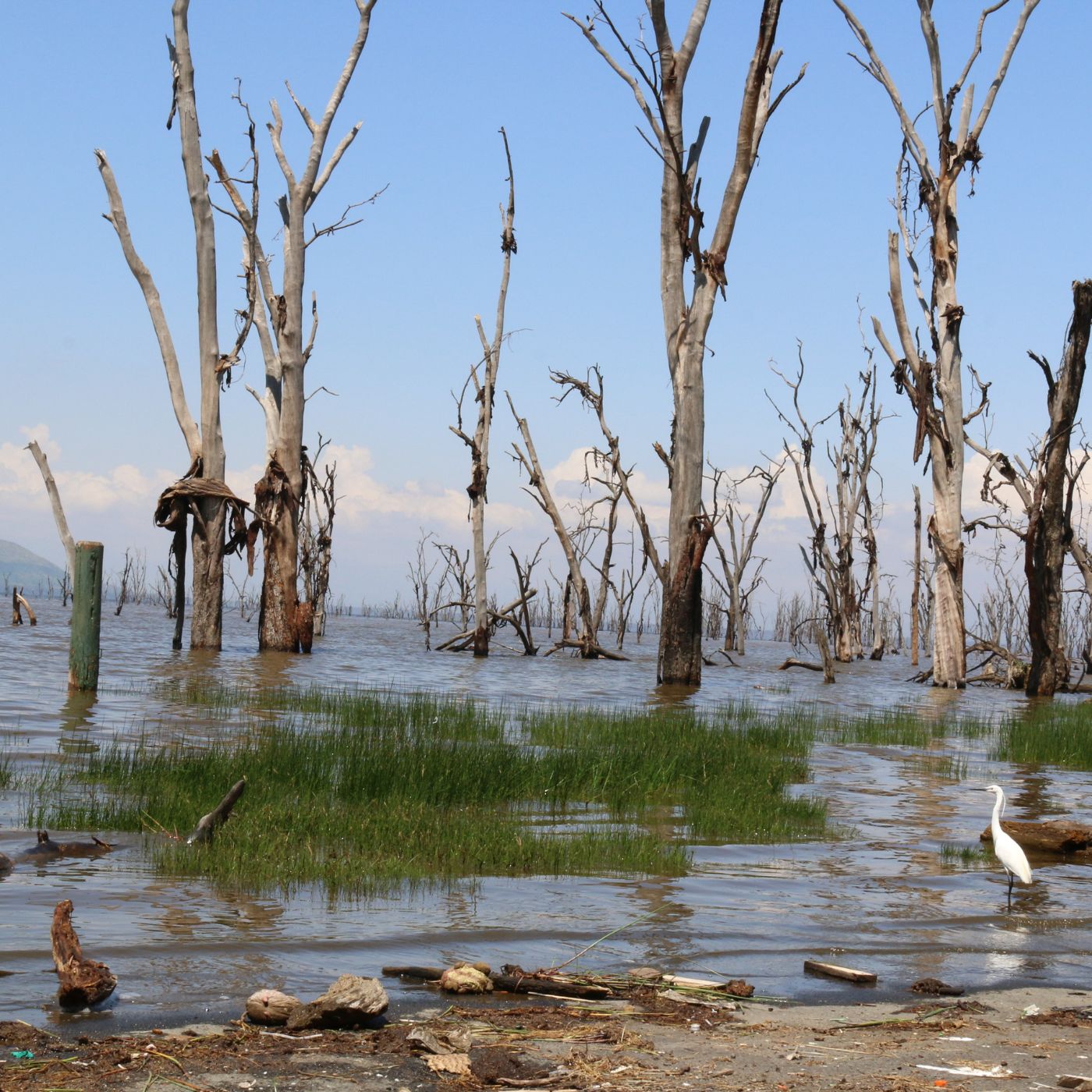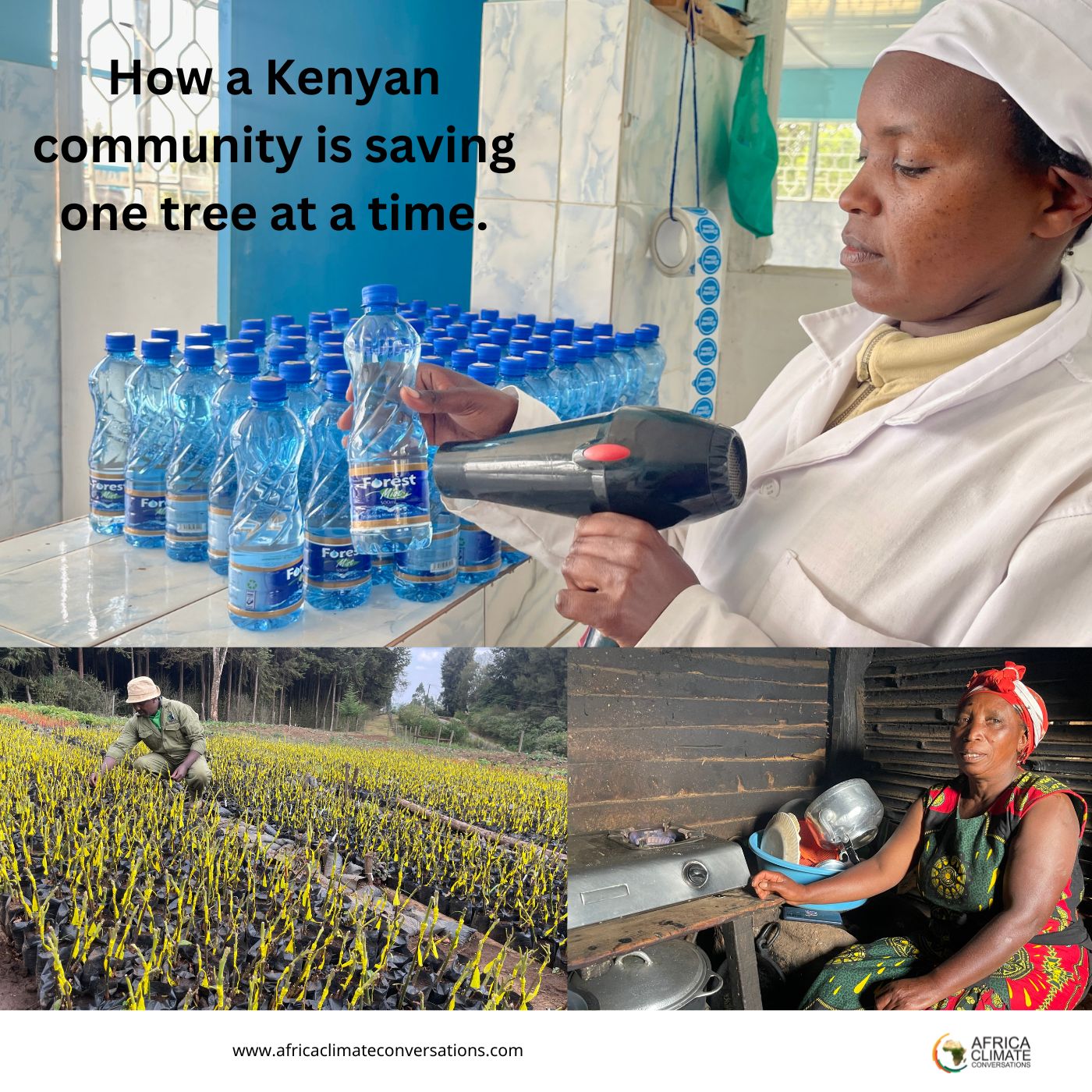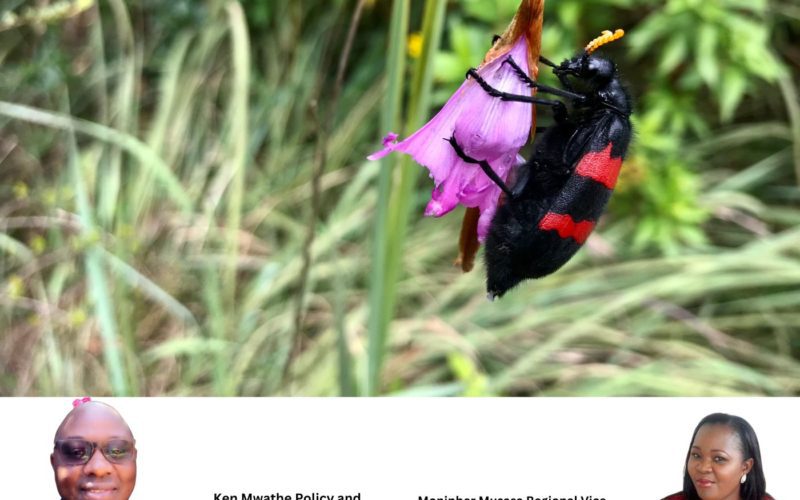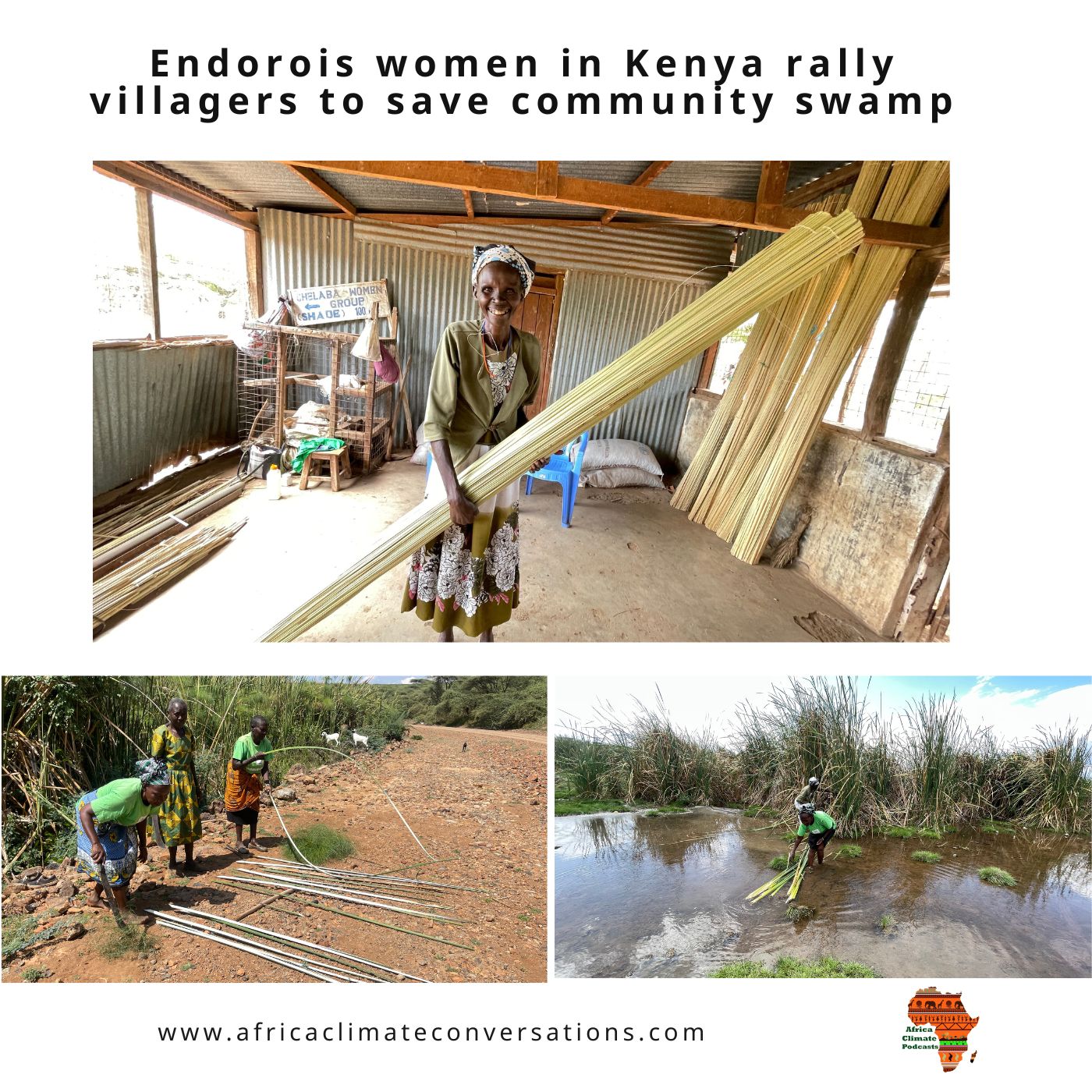Limuru Kenya: The Kereita forest in Kenya is a crucial water catchment area and home to the endangered Abbott’s Starling bird as well as threatened tree species such as Prunus africana, which is threatened for its medicinal value. The Kikuyu Escarpment Forest is made up of eight blocks, one of which being Kereita Forest. The escarpment is part of the southern Aberdare or Nyandarua Mountains, an isolated volcanic range that forms the Great Rift Valley’s easternmost border. Kereita Forest covers an area of 4,722 hectares. 80% of the trees here are indigenous, with the remaining 20% being planted. This forest’s rivers and streams flow into the Athi River downstream, making it a major water catchment area.The Athi River is Kenya’s second-longest river. Why is biodiversity important not just for wild creatures but also for human survival? In the 1970s, the local people raided the forest for firewood to stay warm during the cold weather. Deforestation peaked in the early 1990s, according to Mary Wambui, a 60-year-old mother of five who lives approximately two kilometres from Kereita forest. Kenyan officials prohibited access to the forest. However, local women would still sneak into the forest on a daily basis because wood was the sole source of heat for their families. At the same time, a group of young locals dedicated to defend Kereita Forest formed. They began educating the villagers about alternative energy sources such as biogas and fuel-efficient stoves. The group urged them to plant trees on their fields and to experiment with novel farming and culinary ways in order to protect the forest and its resources. How have conservation efforts aided in the preservation of this Kenyan forest?
Read More






Recent Comments